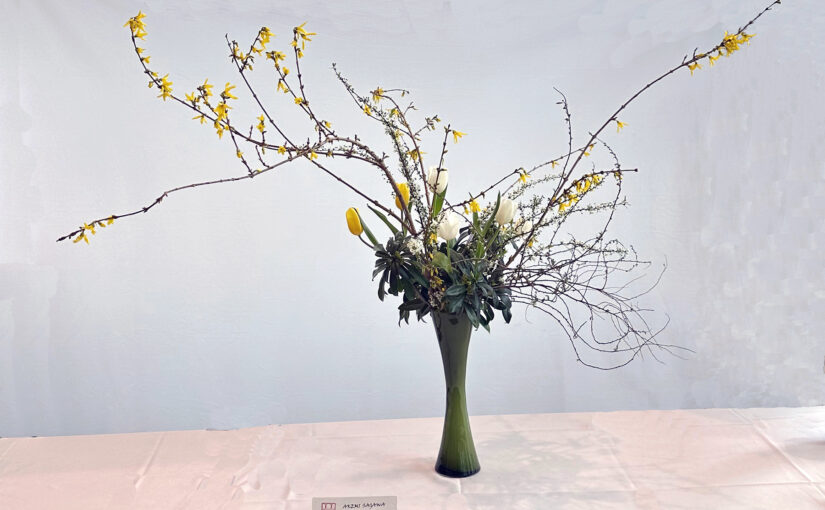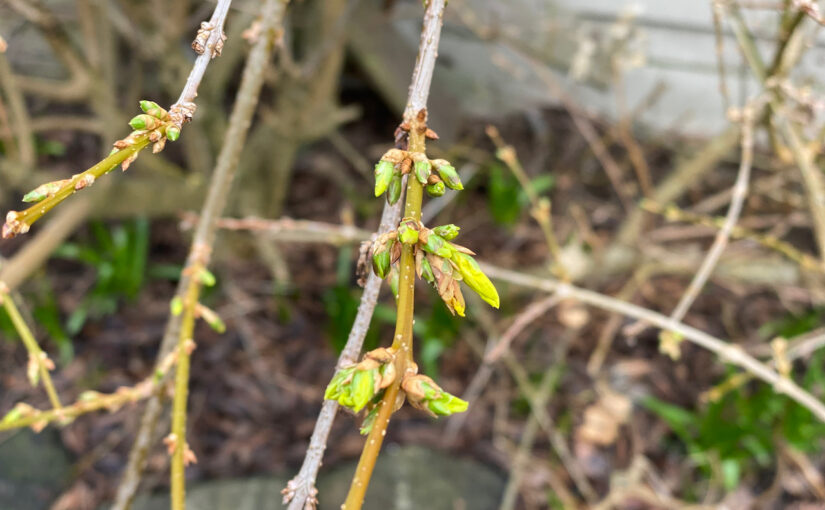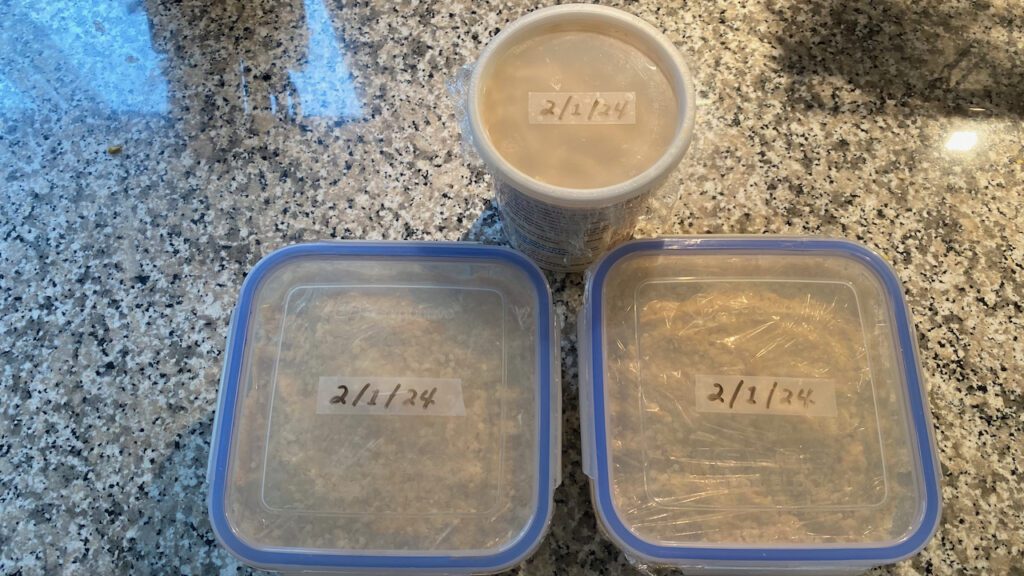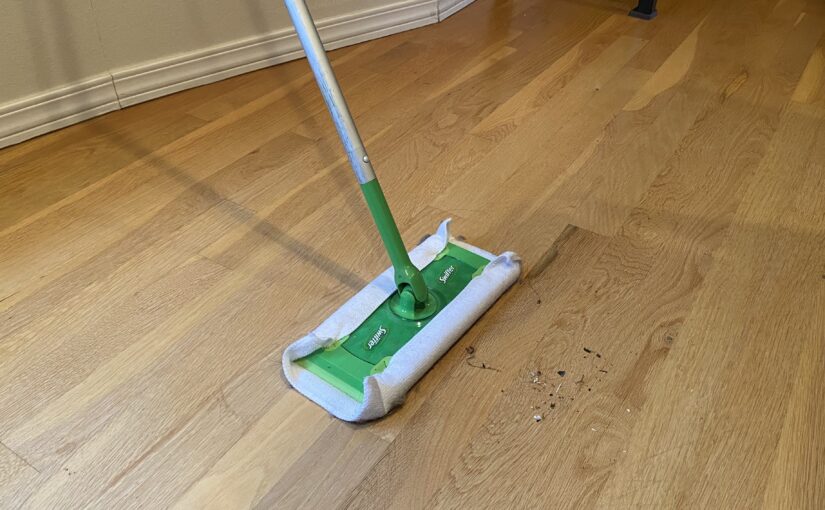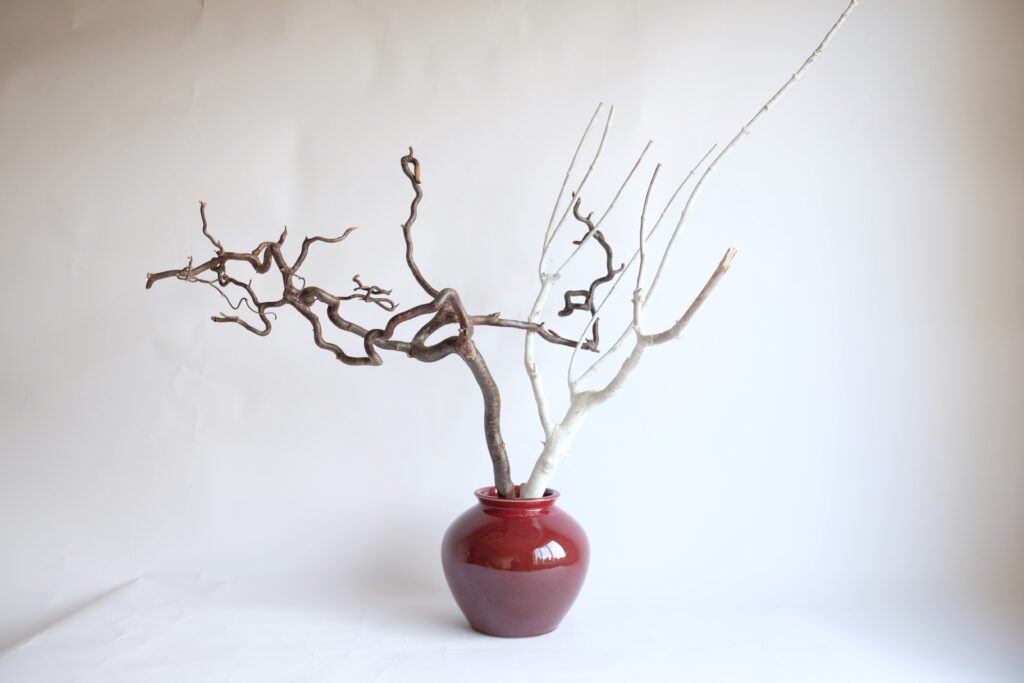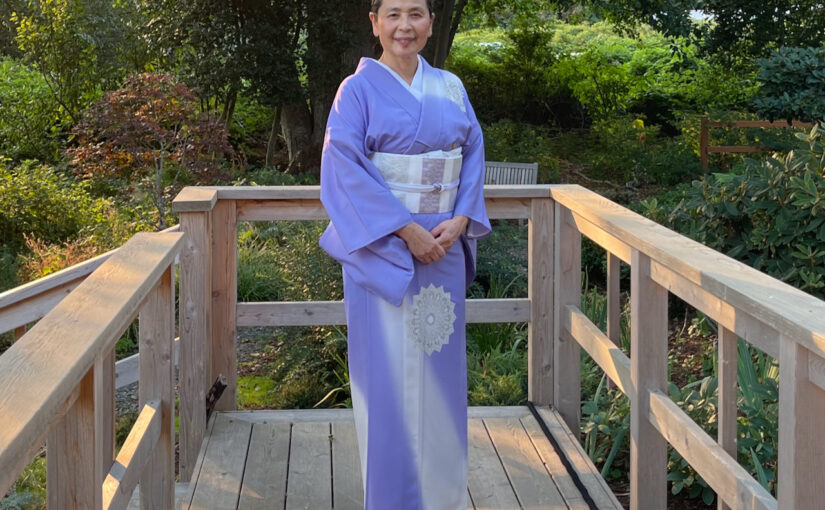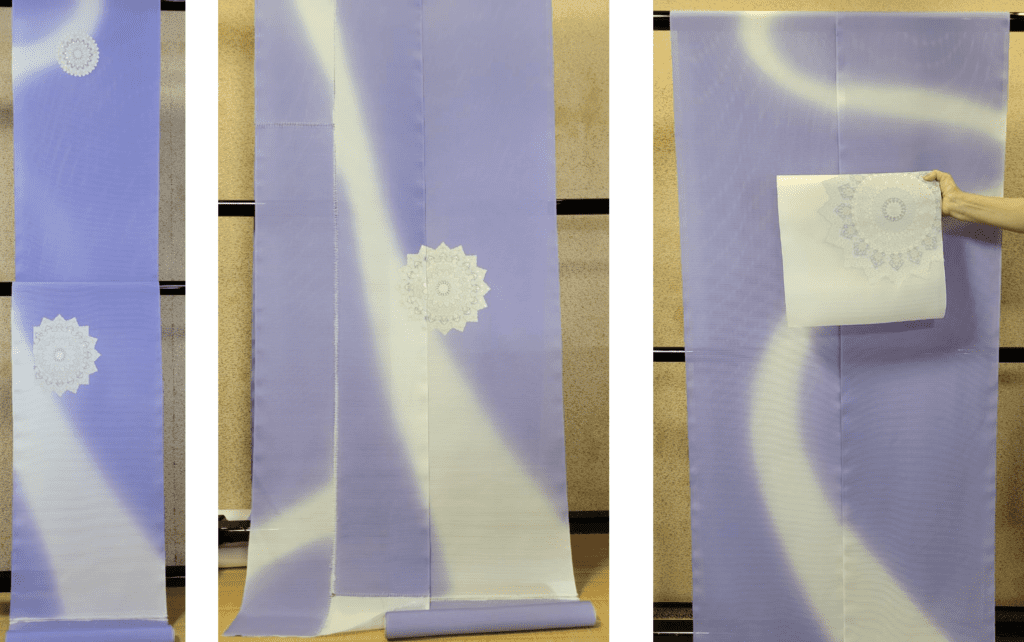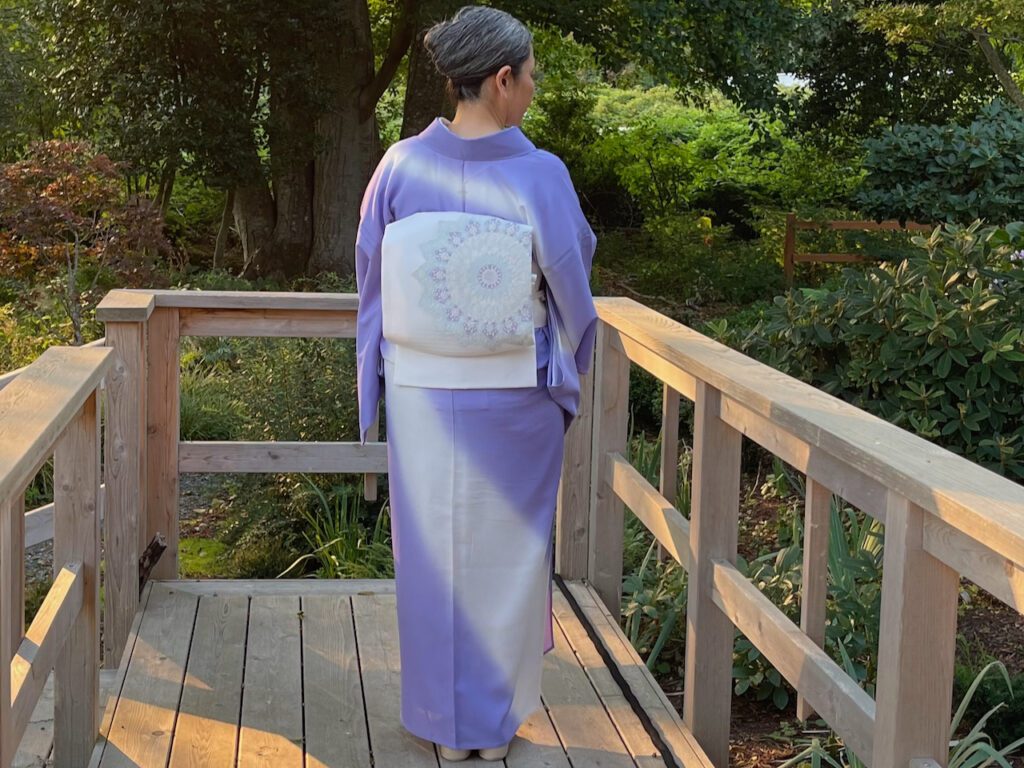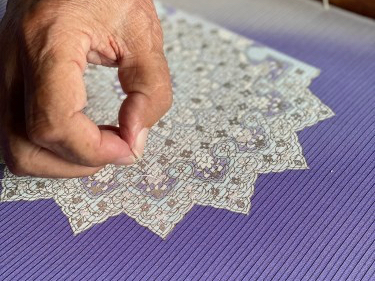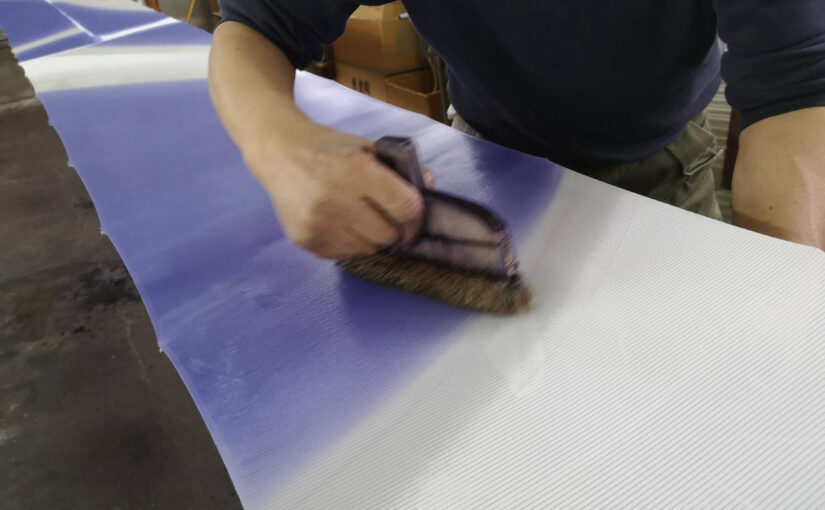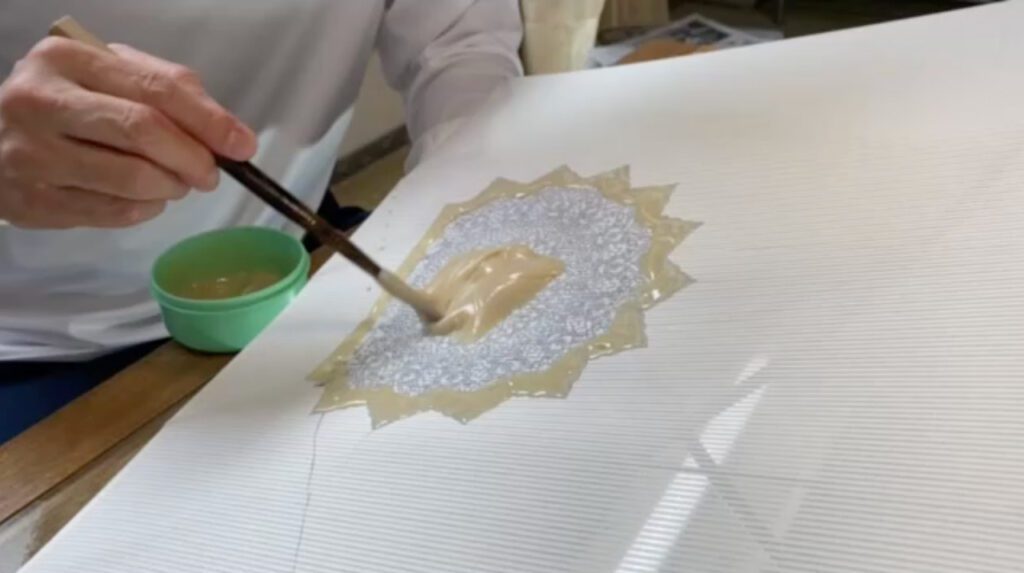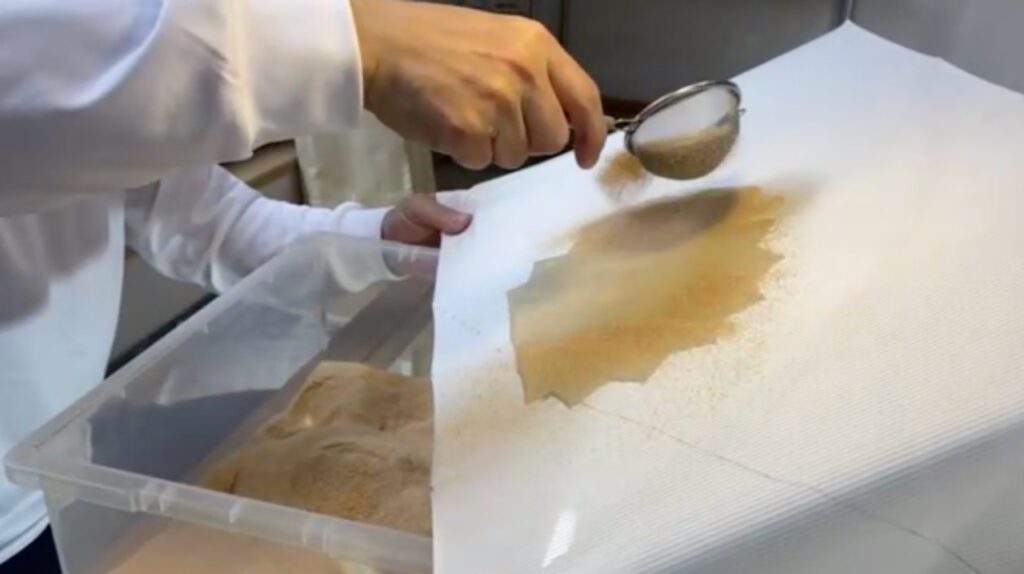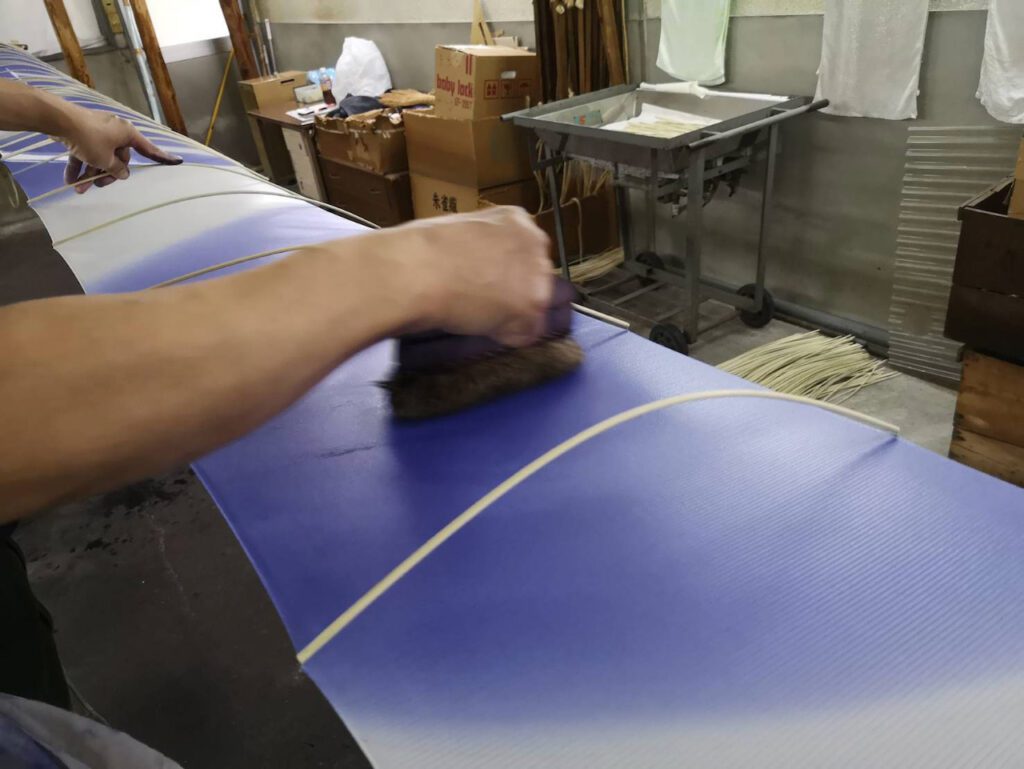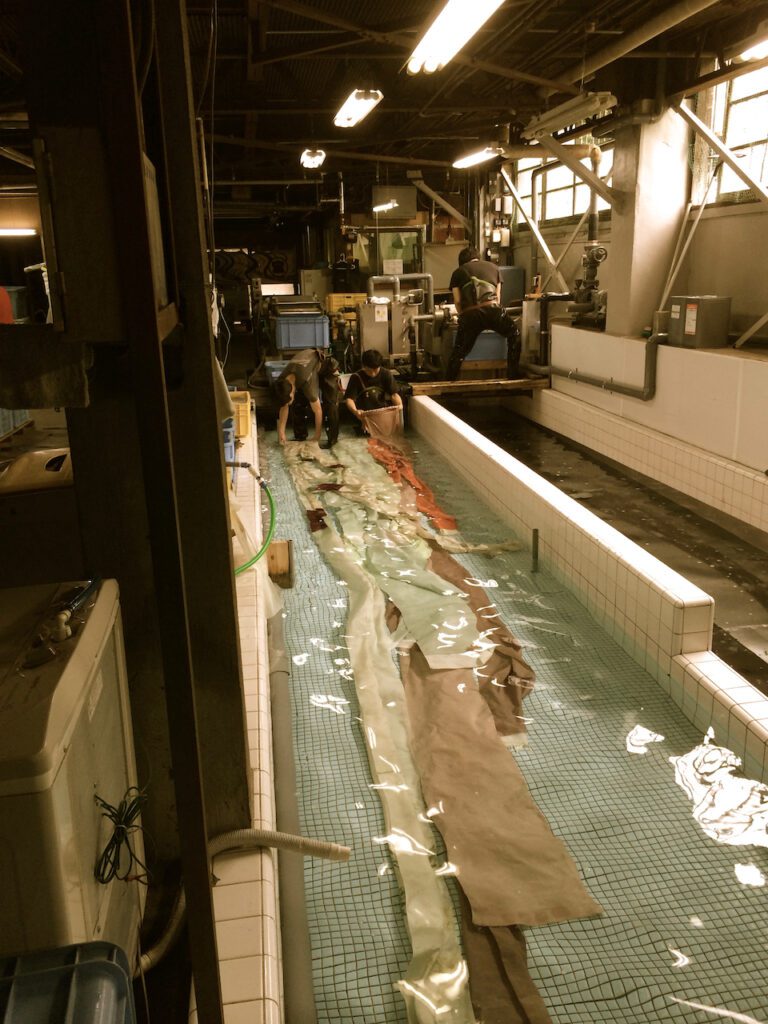The Northwest Flower and Garden Festival ended on February 18. My forsythia, at first had only a couple of flowers blooming, ended up with more blossoms by the time I took it down. This year the timing was just right!
On Sunday at 6 pm. The show was over, and it was time to take down the arrangement. All the Ikebana International members who made arrangements showed up at the booth to take down their own work.
When I was disassembling my branches, one of the new members, a young man, came up to me. It was his first time to display his arrangement. I complimented his work. He thanked me for my words. Then he said, “What is your yellow flower called?”
“Forthythia.” I replied.
“In Vietnam, where I’m originally from, it’s called ‘xxx’ ( I couldn’t quite catch the name), literally meaning ‘yellow flower’. Such a popular flower in Vietnam, but I never knew it also grows around here.”
“You want one? Take these branches with you. Forthysia is so easy to propagate.”
“Really? Thank you so much! I will definitely try that at home!”
This simple conversation made my day. Now I know which country he is from. Even a young guy like him from a country I have never visited fully enjoys Ikebana. And my forsythia, rather than being thrown away, will start a new life under his care.
Why do I continue practicing Ikebana? Because I would like to encounter more of these nice surprises.
